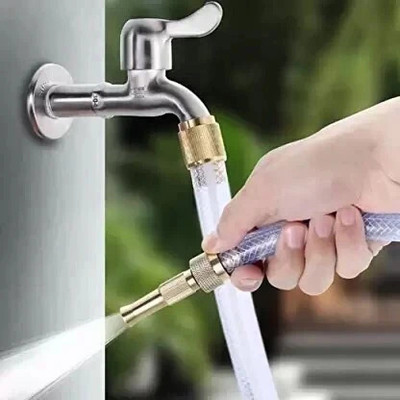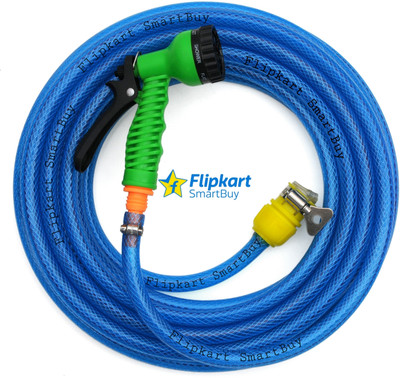
DOC RO MULTIPRO RO FILTERS CARBON AND SEDIMENT Solid Filter Cartridge (0.005, Pack of 6)
Share
DOC RO MULTIPRO RO FILTERS CARBON AND SEDIMENT Solid Filter Cartridge (0.005, Pack of 6)
4.1
71 Ratings & 11 Reviews₹470
₹699
32% off
Available offers
T&C
T&C
T&C
T&C
Delivery
Check
Enter pincode
Delivery by24 Jul, Thursday
?
if ordered before 12:59 PM
View Details
Highlights
- Micron Rating: 0.005
- Used For: REVERSE OSMOSIS
- Filtration Stages: 2
- Shelf Life: 31104000 Months
- Best Suited for RO WATER FILTER
- Filter Material: ["Polypropylene (PP)","Carbon"]
- Compatible With: Electric Water Purifiers
- Pack of 6
Services
- Cash on Delivery available?
Seller
pavittrajal
3.4

Seller changed. Check for any changes in pricing and related information.
- 7 Days Return Policy?
See other sellers
Description
Used For - Carbon filters remove sediment but they also remove chlorine, volatile organic compounds (VOCs), odors and unpleasant tastes from water. Carbon filters contain activated carbon, which is made through a special manufacturing process that creates more bonding sites. As water passes through a carbon filter, impurities like VOCs and heavy metals become chemically bonded to the carbon. As the water works its way through the filter, a lot of unwanted impurities will become stuck to the carbon bonding sites and the water will leave the filter much more pure than it came in. Carbon filters are effective at removing the impurities that bond to carbon. Not all impurities do. Sodium, for example, is able to pass directly through carbon filters without being removed. 2. Used For - Sediment filters are designed to remove suspended solids, which are also known as sediment, turbidity, or particulate. A sediment filter essentially functions like a net that catches unwanted dirt particles as your water flows through the system. A sediment filter is attached at the point where water comes into your home. The filter has a bed of natural media (sand, anthracite, etc.). As the water passes through this bed, unwanted dirt particles become trapped. The water moves into the filter and leaves the sediment behind, then out of the filter so you get water coming into your home that is free from particulate. Sediment filters are very common in many homes, Only sediment that will become trapped in the bed of natural media is removed. Trace pathogen elements, heavy metals, and volatile organic compounds can still remain in your water. However, in most cases, sediment filters do a good enough job to reduce the levels of unwanted particles to trace amounts which are deemed safe for drinking water. This means you can get drinkable, clean water with a sediment filter.
Read More
Specifications
In The Box
| Sales Package |
|
General
| Brand |
|
| Model Name |
|
| Type |
|
| Filter Material |
|
| Micron Rating |
|
| Application |
|
| Suitable For |
|
| Filtration Stages |
|
| Shelf Life |
|
| Net Quantity |
|
Dimensions
| Height |
|
| Weight |
|
| Diameter |
|
Ratings & Reviews
4.1
★
71 Ratings &
11 Reviews
- 5★
- 4★
- 3★
- 2★
- 1★
- 38
- 17
- 6
- 4
- 6
3
Good
Not good average product only two use review
READ MORENarinder Kumar
Certified Buyer, Kashipur
Jul, 2019
1
0
Report Abuse
2
Expected a better product
Very less carbon in the cartage
READ MORESALIM VOHRA
Certified Buyer, Mumbai
Apr, 2021
0
0
Report Abuse
5
Fabulous!
Best product at reasonable price.
READ MORENitesh Mishra
Certified Buyer, Ranchi
Nov, 2020
0
0
Report Abuse
5
Just wow!
Good product
READ MOREMahek Pandit
Certified Buyer, Jainagar
Oct, 2020
0
0
Report Abuse
3
Fair
Product is fine but pakage condition is horrible
READ MOREFlipkart Customer
Certified Buyer, New Delhi
Oct, 2020
0
0
Report Abuse
1
Terrible product
After 1.5 month fiter leak .
READ MORELalit Chauhan
Certified Buyer, Noida
Sep, 2020
0
0
Report Abuse
5
Wonderful
Good products
READ MOREFlipkart Customer
Certified Buyer, Chikmagalur District
Aug, 2020
0
0
Report Abuse
+
All 11 reviews
Be the first to ask about this product
Safe and Secure Payments.Easy returns.100% Authentic products.
Back to top






